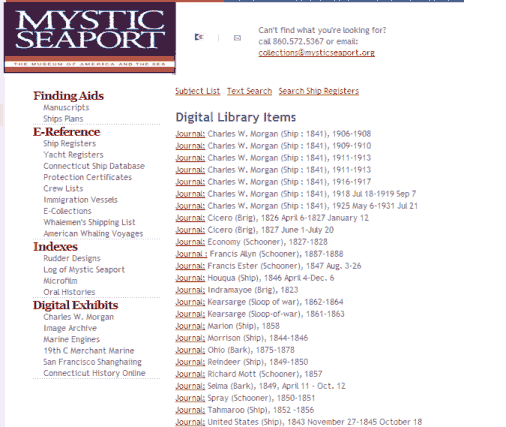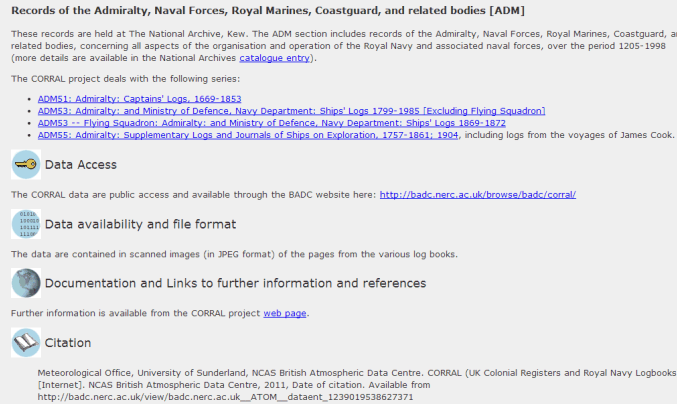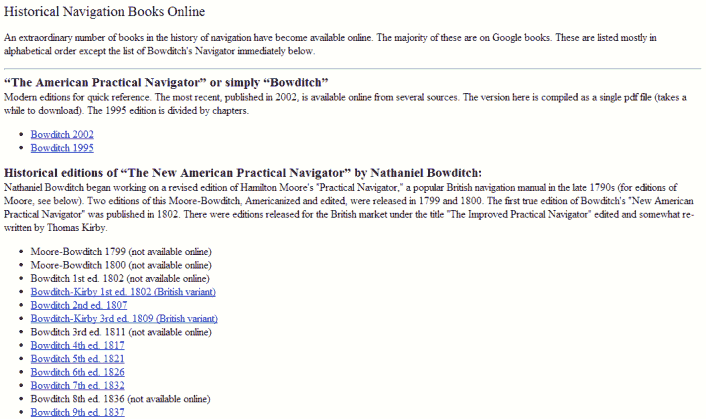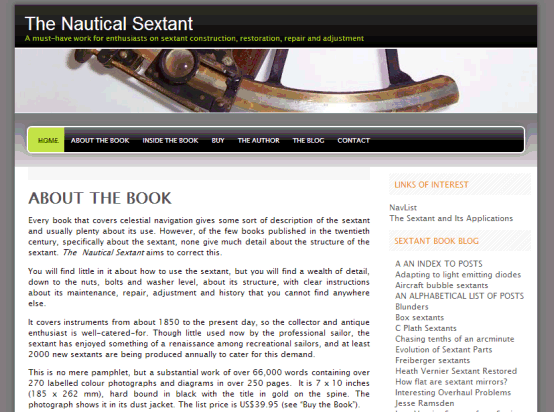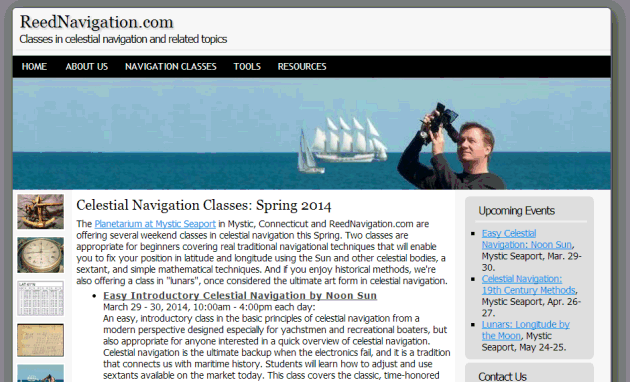
NavList:
A Community Devoted to the Preservation and Practice of Celestial Navigation and Other Methods of Traditional Wayfinding
Re: The Darn Old Cocked Hat - the sequel 1
From: Hanno Ix
Date: 2013 Mar 14, 20:36 -0700
----------------------------------------------------------------
NavList message boards and member settings: www.fer3.com/NavList
Members may optionally receive posts by email.
To cancel email delivery, send a message to NoMail[at]fer3.com
----------------------------------------------------------------
Attached File:
7500RandomFixes.pdf (no preview available)
Attached File:
InstancesPerAnnulus.pdf (no preview available)
Attached File:
AreaOfEachAnnulus.pdf (no preview available)
Attached File:
InstancesPerUnitAreaOfAnnulu.pdf (no preview available)
From: Hanno Ix
Date: 2013 Mar 14, 20:36 -0700
Brad:
I feel fortunate so many people have taken interest in this issue.
I have to blush because you obviously detected my
accent even in my writing. And all this after having lived in San Diego for 36 years!!
I have studied your diagrams. What they mean to me is this:
7500RandomFixes tells you the local "probability is of a fix" per area
provided you tell me what the square milage of the area is where the fixes were
shot.
The diagram does not specify that but let's imagine it did.
This number is a statement of the
*consistency* of your fixes:
A big one tells me you are very consistent because the fixes are close together.
A uniform distribution says you are constistent no matter where you are.
A Gaussian around a pt. says the
quality of your fixes falls with the distance from the pt.
etc. That is of course important.
But what I am actually interested in is expressed by your InstancesPerAnnulus:
a. The *percentage* of fixes as it changes with the annuli themselves, not with their area; or equivalently:
b. The *percentager* of fixes as it changes with the radius of the annuli; or equivalently:
c. The *percentage* of fixes as it changes with the distance from the center.
They all mean the same thing. Now, knowing "c." above will give us the distance from the center
with the highest percentage
of fixes.
In your InstancesPerAnnulus it is at 1.4 sm where the peak percentage of fixes occurs.
Therefore, 1.4 sm is the most likely distance from the center.
In a particalar CelNav situation you start out not knowing that center pt. ( I called it True Location).
But by knowing by prior experiments "c." above you are justfied to saying your CelNav method
delivers you a most likely distance to TL of 1.4 sm.
My memos then proceeded to the question where in the DOCH that pt should be assumed
so that the mostly likely distance to TL can be achieved.
Are we in tune?
Regards
h
From: Brad Morris <Bradley.R.Morris@gmail.com>
To: hannoix@att.net
Sent: Thursday, March 14, 2013 3:40 PM
Subject: [NavList] Re: The Darn Old Cocked Hat - the sequel 1
To: hannoix@att.net
Sent: Thursday, March 14, 2013 3:40 PM
Subject: [NavList] Re: The Darn Old Cocked Hat - the sequel 1
Hello
Hanno
Since it is clear that we seem not to be communicating, I will try to explain in images. Please take this a constructive criticism, okay?
1) Consult 7500RandomFixes. I permitted +/-1.5 miles in both latitude and longitude using a UNIFORM RANDOM distribution.
2) Consult InstancesPerAnnulus. I set up concentric series of rings. Each annulus increments by 0.2 miles. We count the number of instances in each annulus and plot. This shows what you say, that you cannot find the true location because the cases in the smallest annulus are very low.
3) Consult AreaOfEachAnnulus. We must consider the area of each annulus, such that we can determine the instances per unit area. This diagram shows that each annulus has more area than the inner previous one.
4) Consult InstancesPerUnitAreaOfAnnulus. Here we divide the number of cases per annulus by the area of each annulus, to determine the number of instances per unit area per annulus.
2) Consult InstancesPerAnnulus. I set up concentric series of rings. Each annulus increments by 0.2 miles. We count the number of instances in each annulus and plot. This shows what you say, that you cannot find the true location because the cases in the smallest annulus are very low.
3) Consult AreaOfEachAnnulus. We must consider the area of each annulus, such that we can determine the instances per unit area. This diagram shows that each annulus has more area than the inner previous one.
4) Consult InstancesPerUnitAreaOfAnnulus. Here we divide the number of cases per annulus by the area of each annulus, to determine the number of instances per unit area per annulus.
NOTE THAT THERE IS NO HOLE IN THE CENTER.
It shows that a uniform random distribution has a fairly uniform random chance of being some distance from TL. THIS IS CONTRARY TO WHAT YOU STATED. You claim a Raleigh Distribution. That's right, but only when you fail to account for the unit area.
So why does my last data trail off at
the end? Simple. When the distance from TL is beyond 1.5 miles, we have data only in the corner of the randomly distributed square. The 7500 random fixes about TL should have been circular (r-theta distribution) instead of rectangular (cartesian x-y distribution).
I hope that the english was simple enough for you to follow and understand. I do have first hand experience in conversing in a language other than my native one. It is difficult.
Hopefully you consider the point that I and others are making. Your model has a problem which you must either explain or correct..
Respectfully Submitted
Brad Morris
Brad Morris
----------------------------------------------------------------
NavList message boards and member settings: www.fer3.com/NavList
Members may optionally receive posts by email.
To cancel email delivery, send a message to NoMail[at]fer3.com
----------------------------------------------------------------
Attached File:
7500RandomFixes.pdf (no preview available)
Attached File:
InstancesPerAnnulus.pdf (no preview available)
Attached File:
AreaOfEachAnnulus.pdf (no preview available)
Attached File:
InstancesPerUnitAreaOfAnnulu.pdf (no preview available)
: http://fer3.com/arc/m2.aspx?i=122869

